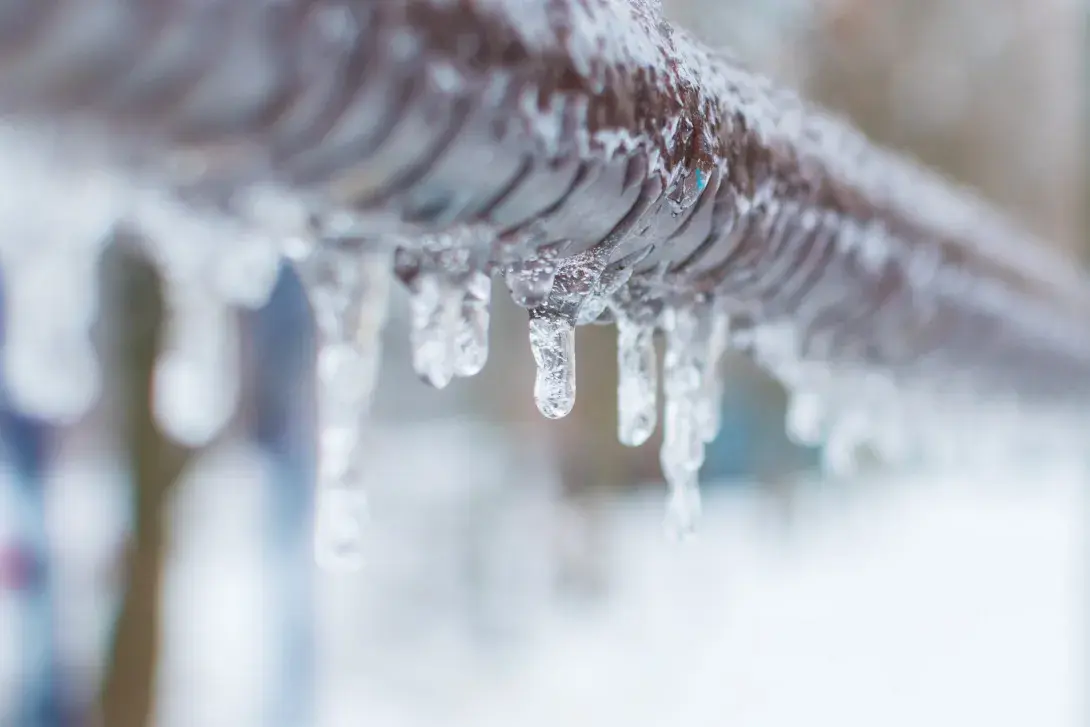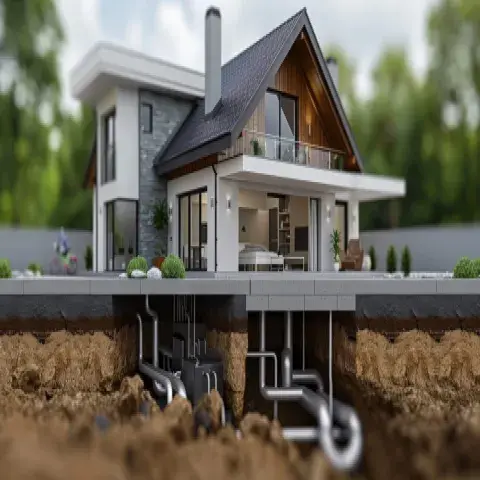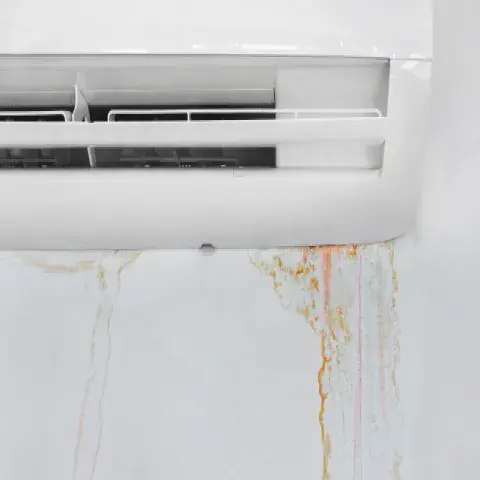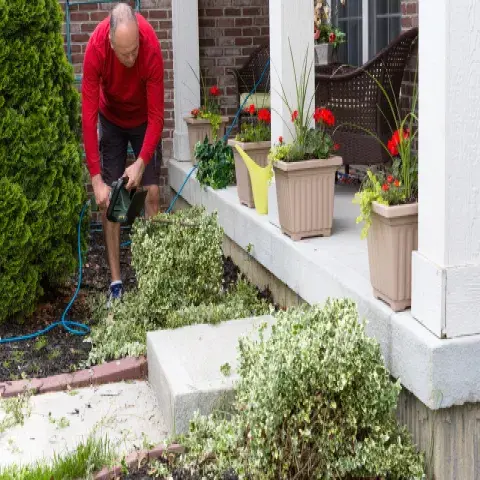Frozen pipes are a common winter issue that can lead to costly water damage and significant stress. The good news? A few proactive measures can prevent your pipes from freezing, and knowing what to do if they do freeze can help you avoid major damage. Here’s a comprehensive guide to keep your home safe this winter.
Quick Navigation
How to Prevent Frozen Pipes
1. Insulate Pipes in Unheated Areas
Exposed pipes in spaces like attics, basements, crawl spaces, and garages are at the highest risk of freezing. To protect them:
- Wrap them with foam pipe insulation or fiberglass sleeves.
- Use heat tape or heating cables on pipes that are especially vulnerable to extreme cold. These devices provide consistent warmth, especially in areas where insulation alone isn’t enough. Always follow the manufacturer’s safety instructions.
2. Let Faucets Drip During Extreme Cold
Keep water moving through your pipes by allowing faucets to drip slightly, especially those connected to pipes along exterior walls or in colder areas of your home. Even a small trickle of water helps relieve pressure and reduces the likelihood of freezing.
3. Maintain a Steady Indoor Temperature
- Set your thermostat to at least 55°F, even when you’re not home.
- Open cabinet doors under sinks to allow warm air to circulate around pipes.
- In colder areas, use space heaters safely to maintain warmth.
4. Seal Drafts and Openings
Prevent cold air from reaching your pipes by sealing cracks, gaps, or openings near plumbing with caulking or weather stripping.
5. Cover and Wrap Exterior Faucets
Protect outdoor faucets by covering them with insulated faucet covers. Make sure there are no gaps where the faucet comes out of the house, as even small drafts can expose pipes to freezing temperatures.
6. Prepare Your Home for Extended Absences
If you plan to leave your home for an extended period during the winter:
- Shut off the main water supply.
- Open all faucets and drain the water from your pipes. This ensures there’s no water left to freeze.
- For extra protection, consider having a professional plumber blow out any remaining water with compressed air.
7. Install Frost-Proof Outdoor Faucets
Outdoor faucets and hose bibs are especially vulnerable to freezing. Replace standard outdoor faucets with frost-proof models to reduce the risk. If replacement isn’t an option, shut off the water supply to outdoor faucets and drain them before winter.
8. Disconnect Garden Hoses
Leaving hoses attached to outdoor faucets can trap water inside, increasing the risk of freezing. Disconnect and store hoses indoors during the winter months.
What to Do If Your Pipes Freeze
Even with preparation, pipes can freeze during extreme conditions. If this happens, follow these steps to thaw them safely and minimize damage:
1. Locate the Frozen Pipe
- Look for visible frost or areas that feel much colder than the rest of the pipe.
- Check pipes near exterior walls, basements, or unheated areas first.
2. Open the Faucet
Open the faucet connected to the frozen pipe. This relieves pressure and provides an outlet for water to flow as the ice melts.
3. Apply Heat Gradually
Thaw the pipe using one of these safe methods:
- Use a hair dryer, moving it back and forth along the frozen section. Start at the faucet and work toward the frozen area.
- Wrap the pipe with a heating pad or heat tape for controlled, consistent warmth.
- Apply hot towels by soaking them in warm water, wringing them out, and wrapping them around the pipe.
- If you cannot use a hairdryer or heat tape, pouring warm (not boiling) water over the frozen pipe can help thaw it. Place a bucket beneath the pipe to catch any dripping water.
- Use a space heater to warm the room, but keep it a safe distance from flammable materials.
4. Avoid Open Flames
Never use a propane torch or open flame to thaw pipes. This is dangerous and can damage the pipe or start a fire.
5. Check for Leaks
Once the pipe has thawed, turn the water on slowly and inspect for any cracks or leaks. If you notice damage, shut off the water supply and contact a professional plumber immediately.
Protect Your Home This Winter
Preventing frozen pipes is a small effort compared to the damage and stress they can cause. By insulating vulnerable pipes, keeping water moving, and maintaining a warm environment, you can significantly reduce the risk of frozen pipes.
While a little preparation goes a long way, accidents can still happen. Ensure your home is protected this winter—get a personalized insurance quote from Orion180.



